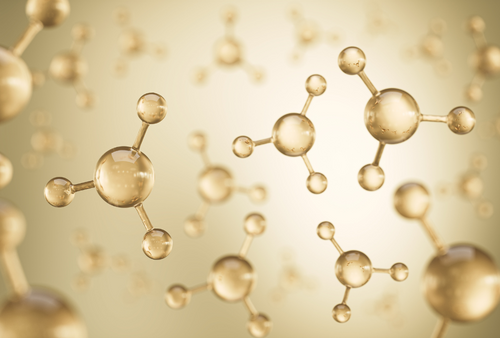By Eziah Syed & Goran Petrovic
When considering health, we often focus on aspects such as cardiovascular fitness, body weight, and disease prevention. However, an often overlooked yet essential component of overall health is the muscular system. Muscles play a vital role in the human body, extending far beyond aesthetics and athletic performance. In this article, we will explore the scientific reasons why muscle is important to health, highlighting the numerous benefits it provides.
Muscle and Metabolism
Muscle tissue is highly metabolically active, meaning it burns calories even at rest. It is for this reason that it is often referred to as the metabolic sink. Compared to other tissues, such as fat, muscle requires more energy for maintenance and contributes significantly to the body's total energy expenditure. Skeletal muscle, the type of muscle responsible for movement, contains mitochondria, the powerhouses of cells that generate energy. Mitochondria utilize oxygen to produce adenosine triphosphate (ATP), the primary source of cellular energy.
According to research published in the Journal of Clinical Investigation, skeletal muscle accounts for approximately 20% of an individual's resting metabolic rate, and every additional pound of muscle can burn approximately 6-10 calories per day at rest. By increasing muscle mass through regular exercise, individuals can elevate their basal metabolic rate, leading to increased calorie burn throughout the day. This, in turn, can help with weight management, as more calories are utilized, reducing the risk of weight gain and obesity-related health problems.
Strength, Mobility, and Injury Prevention
Muscles are responsible for generating force and enabling movement. The contraction and relaxation of muscles allow us to perform a wide range of activities, from basic daily tasks to high-intensity exercises. Through resistance training, the process of progressively overloading muscles, individuals can enhance their muscular strength,endurance and function.
According to a study published in the Journal of Strength and Conditioning Research, resistance training significantly improved muscular strength in individuals of all ages, with the greatest gains seen in older adults. Regular resistance training also enhances muscle mass, improves muscular balance, and enhances neuromuscular coordination.
Furthermore, strong muscles provide stability to joints, reducing the stress placed on them during physical activities. This added joint support can help prevent and manage conditions like osteoarthritis, and as well as reduce the likelihood of falls and fractures, particularly in older adults. Muscles act as shock absorbers, protecting bones and joints from excessive impact forces.
Metabolic Health and Insulin Sensitivity
Muscle tissue plays a crucial role in glucose metabolism and insulin sensitivity. Insulin, a hormone released by the pancreas, facilitates the transport of glucose from the bloodstream into cells, where it is used for energy. In individuals with reduced muscle mass or muscle dysfunction, such as in sedentary lifestyles or certain medical conditions, insulin sensitivity can be impaired, leading to a condition known as insulin resistance.
Regular exercise, particularly activities that engage large muscle groups, can improve insulin sensitivity and glucose regulation. During exercise, muscle contractions stimulate glucose uptake and utilization, independent of insulin. This process occurs through the activation of glucose transporters on the muscle cell membrane, allowing glucose to enter the cells and be used for energy.
Research published in the Journal of Applied Physiology suggests that resistance training and aerobic exercise improve insulin sensitivity in individuals with obesity and type 2 diabetes. Another study published in the American Journal of Physiology found that individuals who engaged in resistance exercise for 16 weeks experienced significant improvements in insulin sensitivity.
Bone Health and Density
Strong muscles not only support joint stability but also contribute to optimal bone health. Through mechanical stress placed on bones during muscle contractions, the skeletal system responds by increasing bone mineral density. Resistance training stimulates bone formation by placing load and stress on the bones, which triggers bone remodeling and adaptation. This is particularly important to those in their mid 50's and onwards as muscle protein synthesis starts to decline as does our frequency and volume of movement.
According to a systematic review published in the Journal of Bone and Mineral Research, resistance training interventions improved bone mineral density and reduced the risk of fractures in both premenopausal and postmenopausal women. The mechanical forces exerted on bones during resistance exercises promote the deposition of minerals, such as calcium and phosphorus, leading to stronger, denser bones.
Conclusion
Muscle is far more than just a component of physical appearance or athletic performance. It plays a vital role in maintaining optimal health and overall well-being. By incorporating resistance training and increased protein consumption into our lifestyles, we can reap the scientifically supported benefits of increased metabolism, enhanced strength, enhanced function, improved mobility, better metabolic and bone health. Let us prioritize the importance of muscles in our pursuit of optimal health, leveraging the science behind their significant impact.



